In a world where the concept of “uncharted” or “exotic” is becoming increasingly elusive, is the bleeding edge frontier of fly fishing not experienced by catching something newer or bigger but through the fusion of fly angling with science and conservation? So says a new short film from Costa Sunglasses, which details the recent effort of a group of scientists, fly anglers, guides, and other volunteers to leverage fly fishing to help researchers learn more about Pacific billfish populations.
If indeed there are a few places left where something new and mysterious is still happening in the fly fishing world, Mexico’s Magdalena Bay — perhaps better known as “Mag Bay” — is one of them. Relatively unheard of as recently as a decade ago, Mag Bay has become one of the most alluring destinations for itinerant anglers in the past several years. Those who travel to Mag Bay do so primarily to chase the bay’s prolific striped marlin population. So what better place for Costa and its partners to assemble a ragtag group of fly anglers to ply the waters of the Pacific and satellite-tag 15 striped marlin over the course of just a couple of days.
“Like a lot of billfish, we don’t know a lot about [striped marlin]. We have a very base knowledge of billfish, in general — all species,” said Peter Chaibongsai, Director of Conservation Programs at the Billfish Foundation.
In just a few months, the hope is scientists will begin to take one big step towards expanding that knowledge. After 240 days, the attached satellite tags will detach, surface, and transmit the data they’ve collected, providing researchers with detailed maps of where each fish has traveled, information on diving patterns, water temperature profiles, and more — helping provide insight into what drives certain billfish behaviors.

"Through this collaboration, Costa's Marlin Fly Project is set to collect unparalleled data about striped marlin that will help play a pivotal role in supporting conservation and enhancing fisheries management efforts,” Chaibongsai noted.
The collaborative effort included scientists from The Billfish Foundation, the International Game Fish Association, and the University of Southern Mississippi Center for Fisheries Research & Development. Joining the researchers were Costa Pros (professional anglers and fishing guides), conservation organizations, and community partners as well as captains, guides and other locals from the community of San Carlos, Mexico.
“We’re honored to be a part of such a unique project that puts community at the forefront,” added Chaibongsai. “The strong bond forged with the locals not only enables them, but also fosters a sense of advocacy. This ensures that the project's impact extends far beyond scientific research – it creates a network of passionate advocates dedicated to conserving this resource for years to come.”

To learn more about the project, check out the short film below or visit Costa’s Marlin Fly Project.




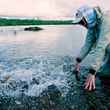
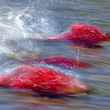





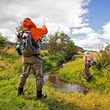
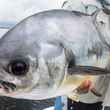








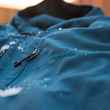




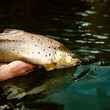
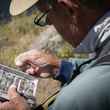

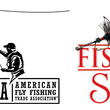
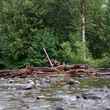
Comments